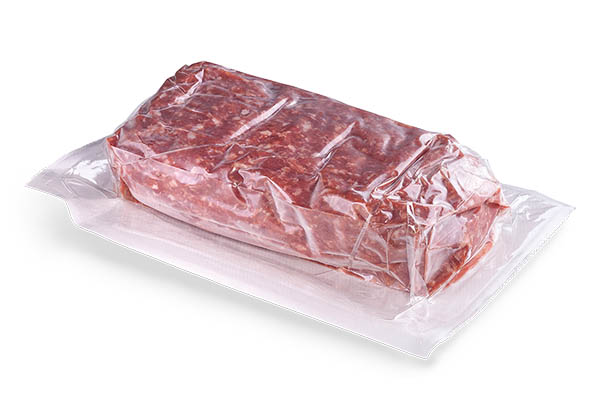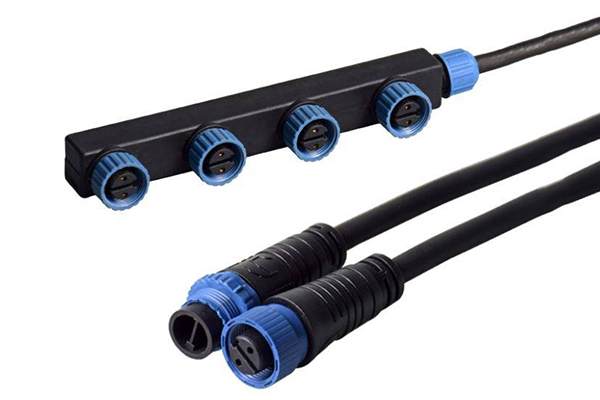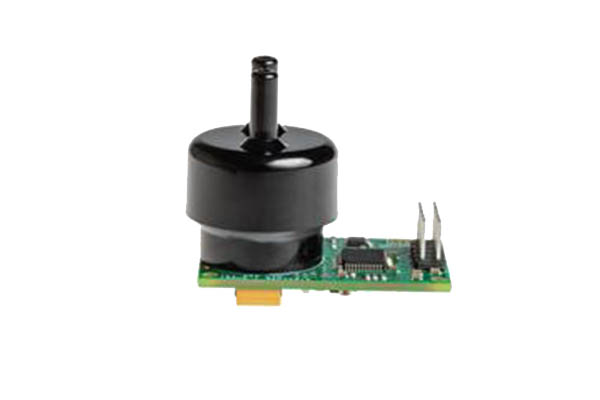To meet consumer demand for meat products and facilitate transportation, manufacturers have improved packaging methods by adopting vacuum packaging to effectively extend the shelf life of meat products.
Vacuum packaging, also known as reduced-pressure packaging, involves removing all the air from the packaging container and sealing it, creating a highly reduced-pressure environment similar to a low-oxygen effect. This scarcity of air deprives microorganisms of their survival conditions, thereby ensuring the freshness, absence of diseases and prevention of spoilage in meat products.
Benefits of Vacuum Packaging
Processed meats are already sterilized products, and exposure to external oxygen can lead to the proliferation of harmful molds. Vacuum packaging effectively prevents microorganisms in meat products from coming into contact with oxygen and inhibits mold growth.
The primary function of vacuum packaging is to remove oxygen, which helps prevent food spoilage. The principle behind it is relatively simple: food spoilage and decay are primarily caused by microbial activity, and most microorganisms, such as molds and yeast, require oxygen to survive. Vacuum packaging exploits this principle by extracting oxygen from the packaging bag and the food cells, depriving the microorganisms of their living environment.
To achieve the desired anti-mold and anti-bag inflation effects, controlling the residual oxygen level inside the packaging as low as possible is crucial, which means achieving a high level of vacuum. Therefore, controlling the vacuum level in vacuum packaging is of utmost importance. For vacuum level detection, the MTCS2300 thermal conductivity gas sensor is recommended. Here are two models of vacuum-level detection sensors they endorse:
Swiss Neroxis Thermal Conductivity Gas Sensor – MTCS2601: It follows the physical Pirani principle without any chemical reactions and is compatible with a simple, constant-temperature circuit, even in interfering gas environments.
Thermal Conductivity Gas Sensor – MTCS2601
Principle Overview
The MTCS2601 sensor consists of four Ni-Pt resistors integrated within a microfabricated thermal conductivity sensor utilizing MEMS technology. The sensor is mounted in a small SMD package, suitable for tape and reel packaging.
This MEMS TC sensor, combined with a low-power CMOS standard integrated circuit, is an excellent choice for OEM gas detectors requiring ultra-low power consumption, long lifespan, and maintenance-free operation. The device measures the gas concentration of binary or ternary gas mixtures or quasi-binary mixtures in the air, such as gases with low thermal conductivity (e.g., carbon dioxide, argon, or fluorocarbons) or gases with high thermal conductivity (e.g., hydrogen, helium, or methane).
Features
- The robust MEMS physical sensing principle is based on the variation of gas thermal conductivity without any chemical reactions.
- Measurement range from 100 ppm to 100% depending on the application and gas thermal conductivity.
- No chemical reactants and the concentration linear signal exhibits no hysteresis.
- Excellent temperature compensation is achieved by matching compensating resistors and heating resistors on the same silicon chip.
- Ultra-small sensor gas volume, e.g., <0.1 cm3.
- Due to the physical resistive sensing principle, the sensor is robust, durable, and has a long mean time between failures (MTBF) with high shock survivability (>1000 G).
- Extremely low sensor power consumption (<8 mW) due to the use of a MEMS silicon sensor with large integrated resistances (e.g., 250 ohms) and low heating mass.
- Ultra-fast response time (<50 ms) with a large electronic bandwidth.
- Applications
- The applications include primary industrial process control (binary mixtures), horticulture and food storage (CO2), safety (CO2 monitoring, fire alarms, H2), natural gas or hydrogen fuel cell engines, refrigerant detection, and leakage detection, as well as pressure sensing for primary vacuum control based on the Pirani principle.
Industrial:
- Determining gas concentration by measuring thermal conductivity in binary or quasi-binary mixtures (H2, He, or CO2 in the air).
- Monitoring CH4 concentration in natural gas for gas engine control.
- Detecting refrigerant gases such as fluorocarbons (R-11, R-12, R-21, R-22) or fluoroethane CF3CH2F (R-134 or R-404) for cooling system leak monitoring.
- Measuring hydrogen gas (0-5% or higher), helium gas (0-5000 ppm), or xenon gas in the air.
- Safety applications (fire alarms, CO2 monitoring, explosive gas monitoring).
- Industrial process control, horticulture, food storage, and fermentation process control.
- Micro-Pirani vacuum gauge, micro vacuum devices.
MTCS2300 Series
Swiss Neroxis Thermal Conductivity Gas Sensor, Micro-Pirani Vacuum Gauge, and Pressure Sensor – MTCS2300 Series: It employs nickel-platinum resistors using MEMS technology, integrating a large micro-mechanical low-stress silicon nitride film, two heating thin-film resistors, and two compensating reference resistors on the bulk silicon.
The MTCS2300 pressure sensor is a dedicated MEMS device that measures thermal conductivity based on the Pirani principle. It is designed for a small TO8 or TO39 package. This sensor utilizes nickel-platinum resistors using MEMS technology, integrating a large micro-mechanical low-stress silicon nitride film, two heating thin-film resistors, and two compensating reference resistors on the bulk silicon. This MEMS structure, combined with a simple CMOS standard integrated circuit for power supply and temperature analysis, provides an ideal vacuum OEM sensing solution with ultra-low power consumption, excellent signal-to-noise ratio, and resistance to corrosive gases.
Features
- Extended measurement range: 10^-4 ~ 1000 mbar
- MEMS micro-mechanical silicon sensor with perfectly matched sensor geometry and sensor resistance
- Ultra-small sensor gas volume: < 0.1 cm3
- Adjustment of Pirani micro-wire-to-wall distance through silicon micromechanics down to 10 µm or 20 µm, resulting in exceptional sensor repeatability
- MEMS silicon sensor with large integrated resistances (250 ohms) and small heating elements, resulting in ultra-low operating power consumption (< 6 mW)
- Ultra-fast response time: < 50 ms
- Easy temperature compensation was achieved through similar heating and reference resistances in the microstructured platinum-nickel film process.
- Unaffected by installation position
- Compact size and high shock resistance (>1000 G)
- Compatible with corrosive gases such as hydrogen using gold contacts
Conclusion
Controlling the vacuum level in meat vacuum packaging ensures product quality and extends shelf life. The MTCS2300 and MTCS2601 thermal conductivity gas sensors offer reliable and accurate detection of vacuum levels. These sensors utilize MEMS technology and operate based on the principles of thermal conductivity, making them ideal choices for vacuum-level monitoring in the packaging.



